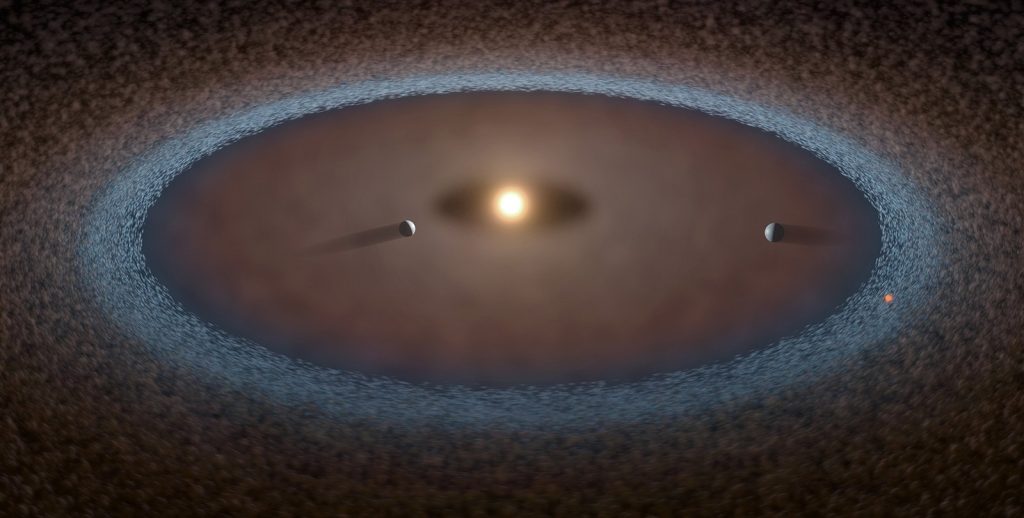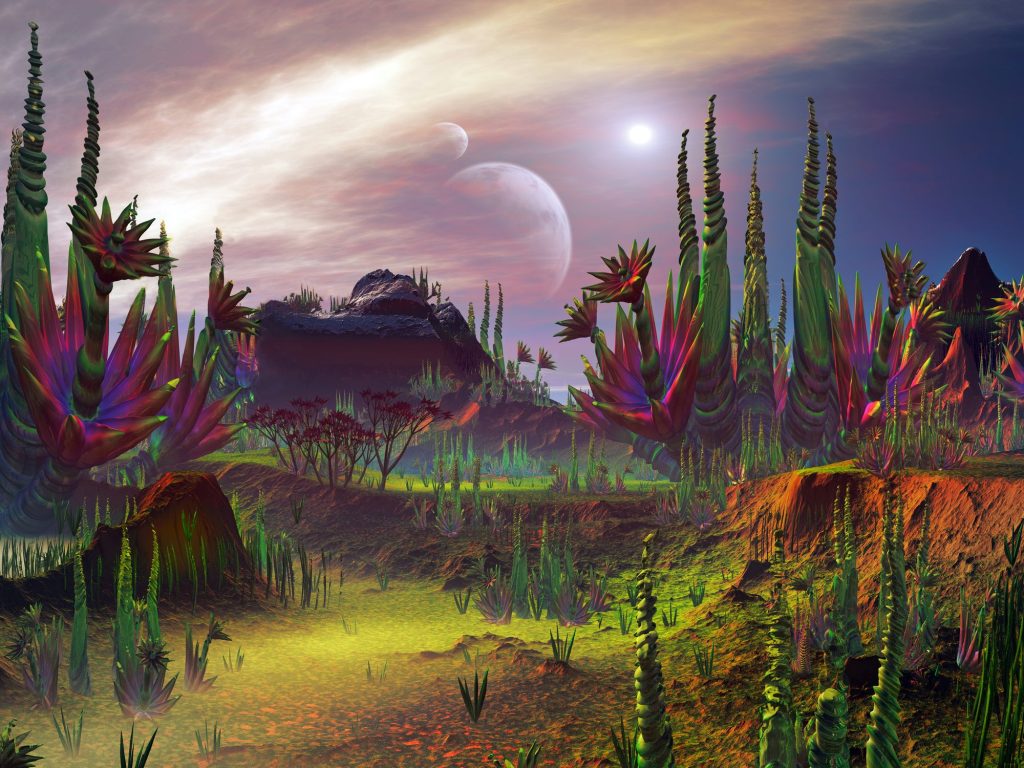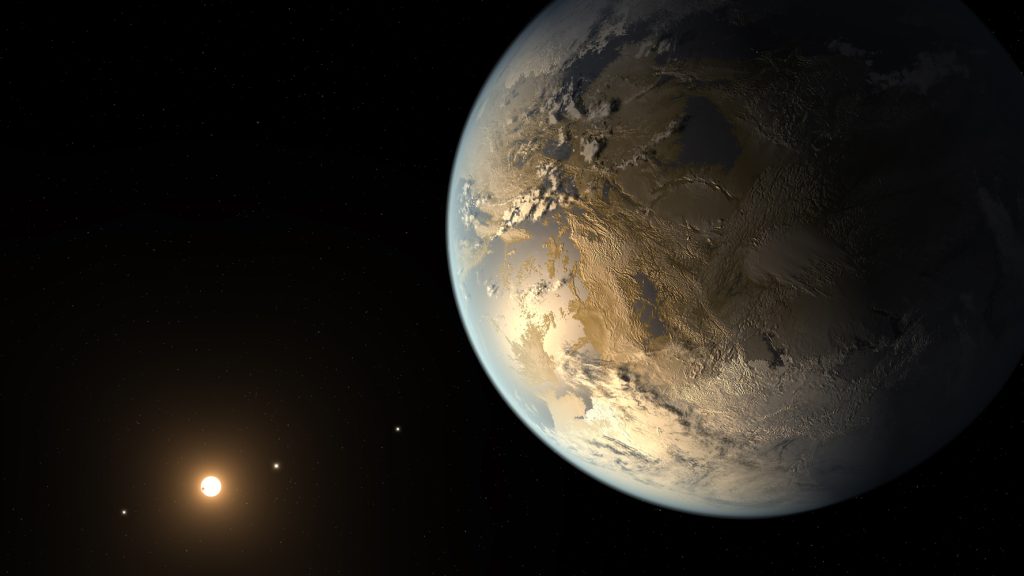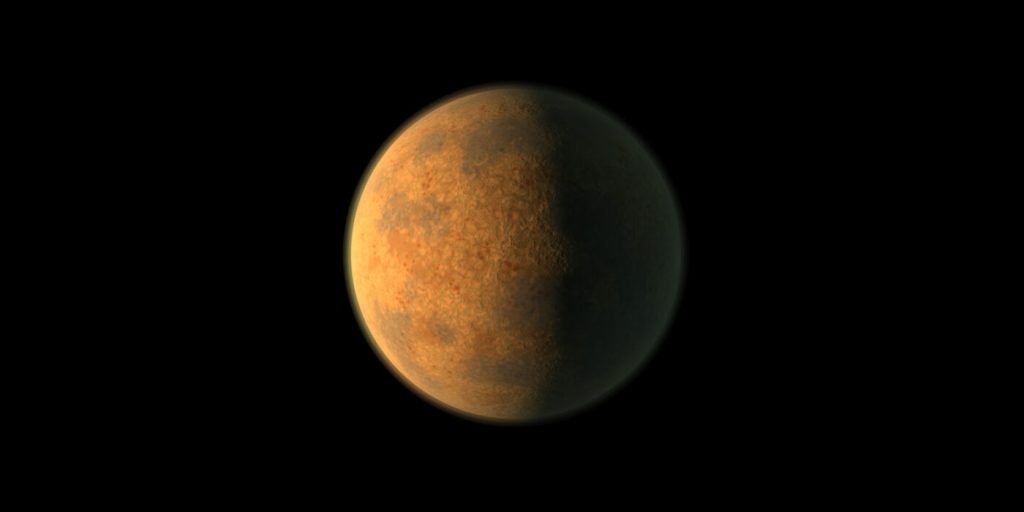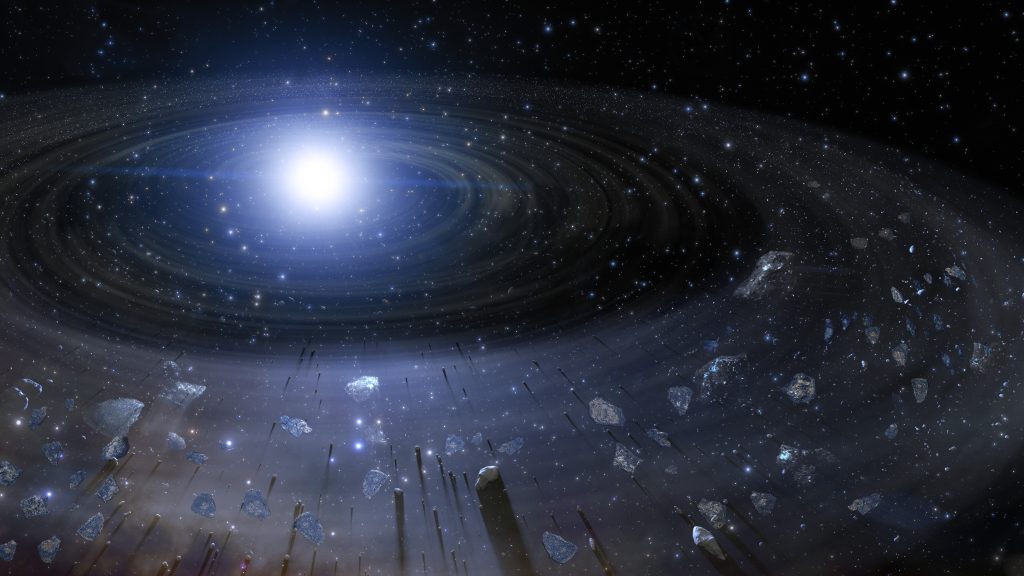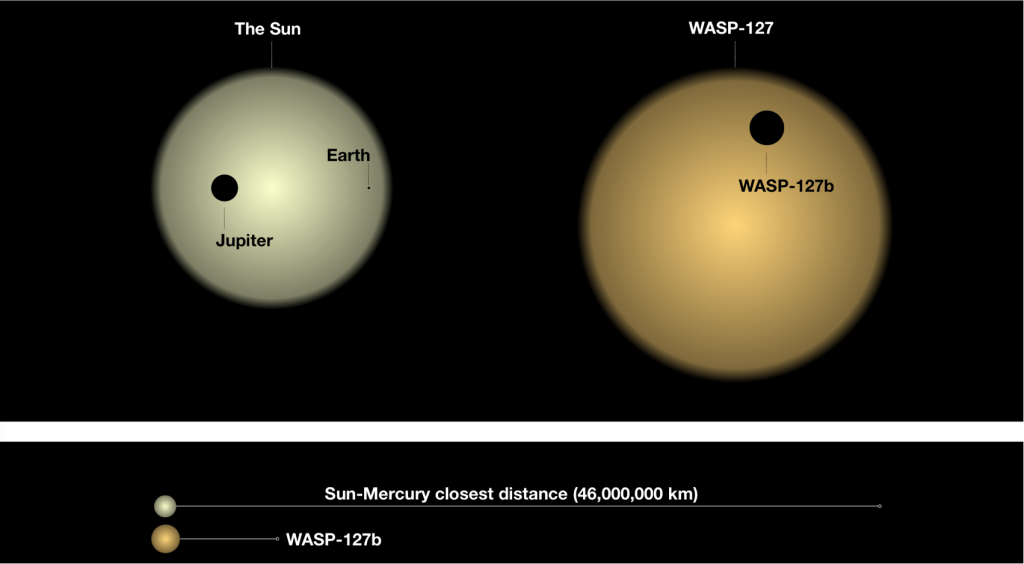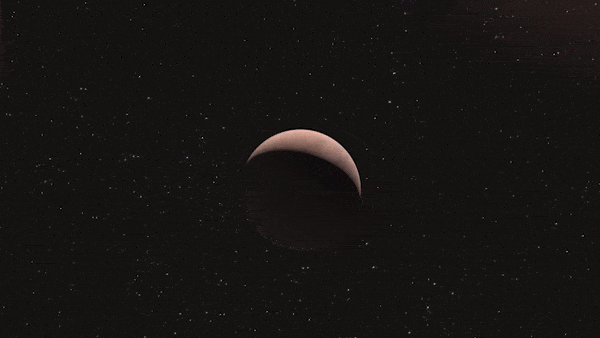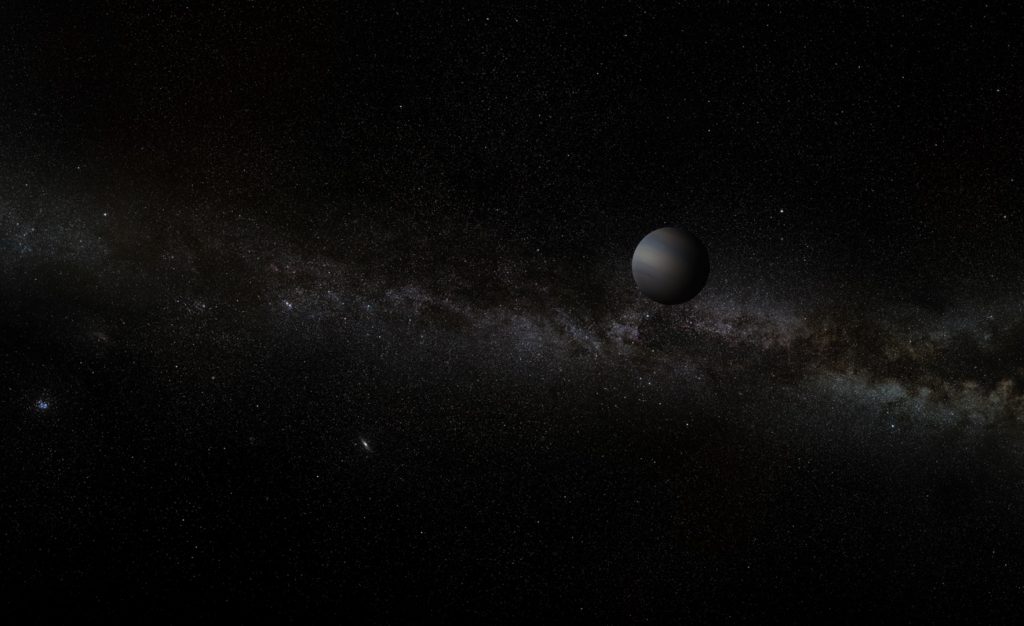Rocky planets from the planet factory
Why do rocky planets in a given star system usually look relatively similar? A new theory developed by Konstantin Batygin, professor of planetary science at Caltech, along with Alessandro Morbidelli of the Observatoire de la Côte d'Azur in France, may explain. "With the increase in exoplanet observations over the past decade, it has become clear that the standard theory of planet formation needs to be revised, starting with the basics. We need a theory that can explain both the formation of terrestrial planets in our solar system and the formation of self-similar systems of super-Earths, many of which have…
